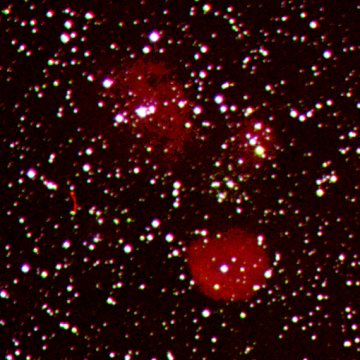Distance to Cygnus X
As I mentioned in my article on determining galactic distances, VLBI radio astronomy parallax measurements are finally producing accurate distance estimates for important locations around the Milky Way, replacing the dodgy and unreliable kinematic and photometric estimates used in the past.
Last week, an international team uploaded a paper presented at the 10th European VLBI Network Symposium to the astrophysics archive, giving an estimate for the distance to W75N, an important region within the Cygnus X complex, which is believed to be the closest major complex of star formation regions to our solar system. The estimate is 1320 (+110/-90) parsecs, making it slightly closer than the 1500 parsecs I've been using for the Milky Way map on this site.
The same team intends to publish estimates for other objects within Cygnus X, which should finally determine whether Cygnus X is a real complex of massive star formation regions or simply many different star formation regions scattered at different distances in the line of sight. Recent research suggests that Cygnus X is real, but only parallax measurements will make this certain.


